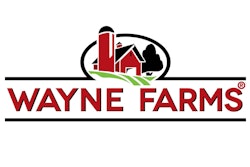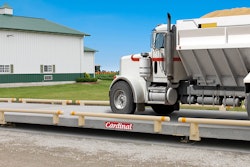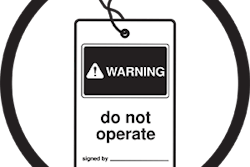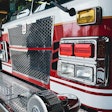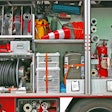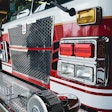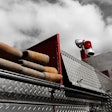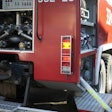Conveyors are used in many industries to transport materials horizontally, vertically, at an angle or around curves. Types of conveyors may include powered, live roller, screw, drag, and belt conveyors, to name a few. Conveyor related injuries typically involve a worker’s hands or fingers becoming caught in nip points or shear points during cleaning, freeing jammed material, or a worker’s clothing becoming caught in the conveyor, which pulls the employee into the conveyor.
Conveyor related injuries can also be caused by improperly guarded gears, sprockets and chain drives, horizontal or vertical shafts, belts and pulleys, and power transmission couplings. Workers can also be injured or killed underneath conveyors and in areas around lubrication fittings, tension adjusters, and other equipment with hazardous energy sources.
Belt conveyor drives mechanisms, conveyance related equipment, and the following belt conveyor areas are considered hazardous:
- The conveyor take-up and discharge ends
- Where the belt or chain enters or exit and in going nip point
- Where belts wrap around pulleys
- Snub rollers where the belt changes direction, such as take ups
- Where multiple conveyors are adjoined
- On transfer or deflectors used with belt conveyors
Hazards associated with nip and shear points must be guarded. Side guards can be installed to prevent employee contact with power transmission components, in going nip points, and the conveying medium. Secondary safeguarding methods may include the use of standard railings or barrier fencing, prestart up signals, and warning signs.
Fore more information, contact Safety Made Simple at 944-8SAFETY or safetymadesimple.com.


